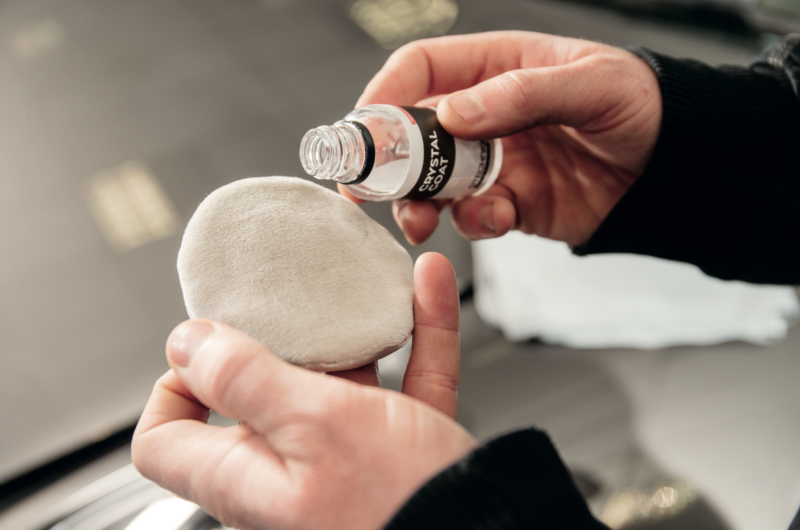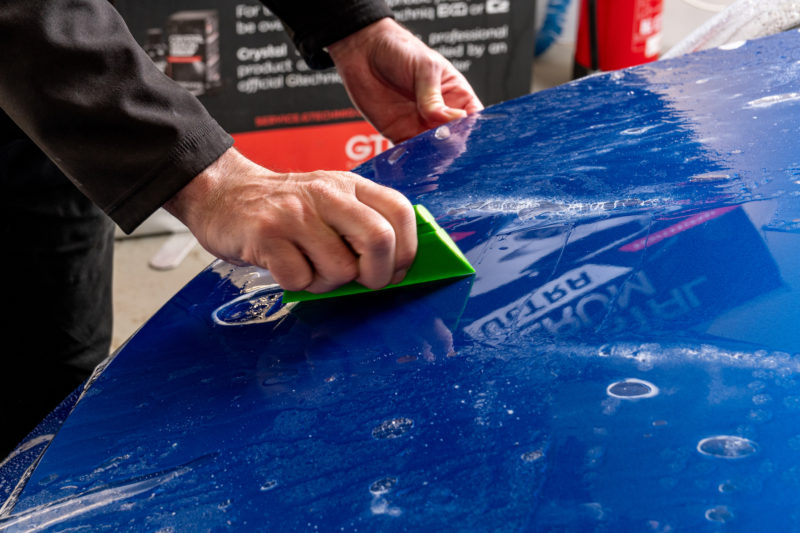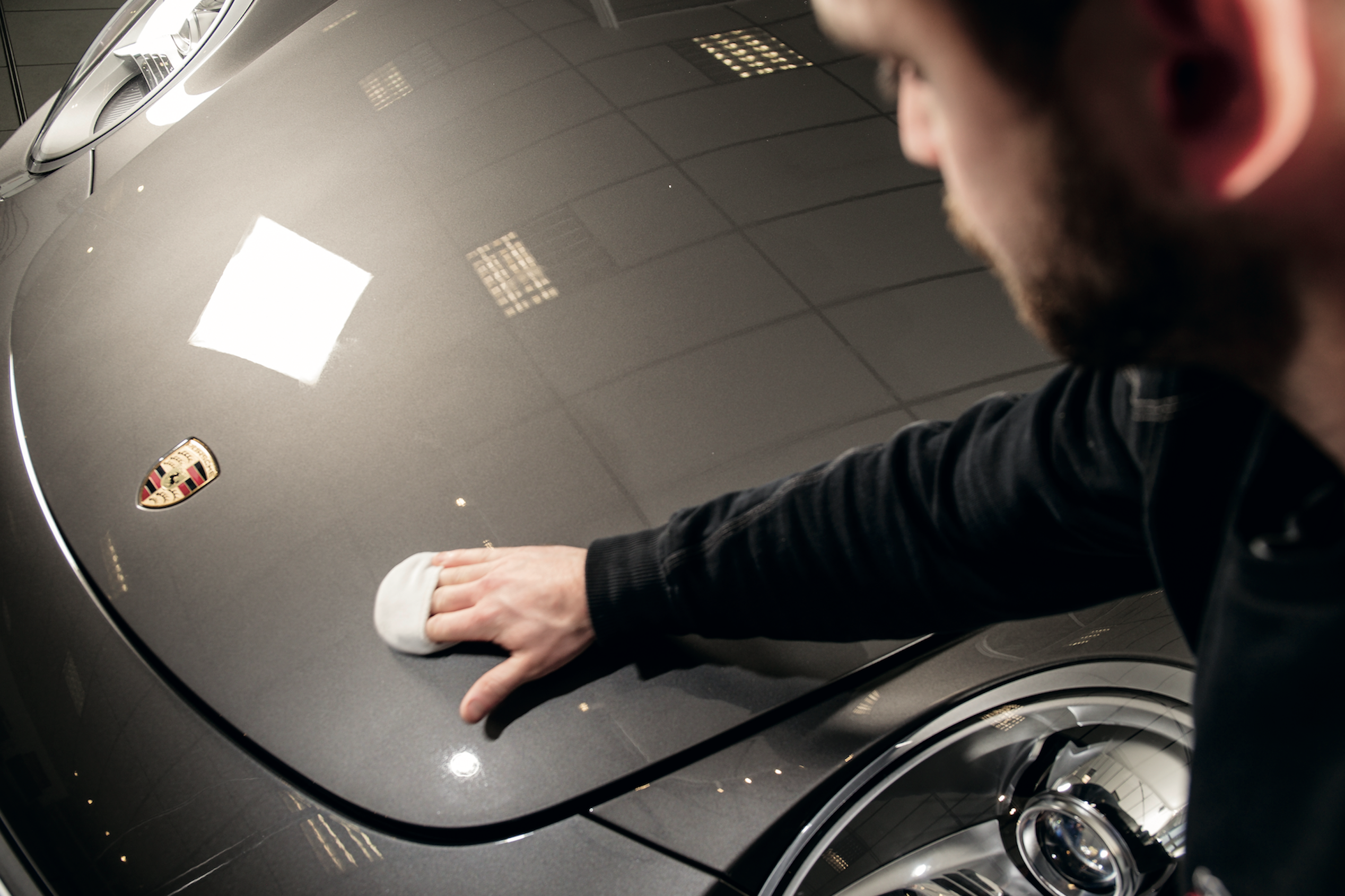Porsche detailing: PPF vs ceramic coat
Keeping a 911 looking its best has been a major element in ownership from day one. The choice usually comes down to deciding between chemical protection, via detailing, or a physical barrier over the paint, via paint protection film (PPF). Getting the car professionally protected isn’t just about making it shiny, it is about keeping it that way, for as long as possible.
PPF and car cleaning have both moved on with technology and the passing of time. The chalk-laden liquid waxes of yesteryear gave way to carnauba wax, but today the top spot goes to ceramic coatings. For some owners, lotions and potions aren’t the answer. Instead, they want a physical barrier protecting the paint, so turn to paint protection film – literally a 0.5mm plastic barrier applied over the paintwork. But which is better, and for what end? T911 went to two paint protection specialists to find out.

The process before protection
Any form of paint protection is only a coating over what is underneath. Ceramic or PPF will only look as good as the quality of finish it covers. Before either process can be applied, there’s some prep work to be done, the aim of which is to make the surface being covered as cosmetically blemish-free as possible.
Blemishes come in all forms, from stone chips and scratches, down to minor swirls, hazing and cobwebbing – minor scratches that build up from poor washing practices. All of these rough up the surface of the paint, dulling reflections, spreading light refraction and reducing the depth of paint finish. These blemishes are removed by cutting the top layer of finish away, using a machine polisher and cutting compounds. To decide how far to cut, the car is cleaned, and the paint expertly inspected.

“For any type of polishing, the car has to be clean to start with,” says, Alex Hawkins, detailer at Cridfords. The typical detailing pre-wash, two-bucket method then clay bar is used to leave contaminant-free paint. The aim throughout is to lubricate off the paint contaminants, rather than scrub, which causes the hologramming we’re aiming to prevent. “Anything that isn’t lubricated becomes an abrasive, causing swirls and holograms,” says Hawkins.
Assessment is done by Hawkins choosing an area of bodywork – typically a corner of the bonnet – and using a detailing inspection light, looking at the paint condition. This point source of light clearly shows any marks on the paint, meaning Hawkins can judge what correction work is needed. “Hologramming and swirls build up through years of bad washing,” says Hawkins, so older cars can be expected to need a number of polishing stages. Brand-new cars haven’t had the chance to accrue damage, so may only need a light, single-stage cut. That’s right, even fresh factory paintwork has room for improvement.
Get the full PPF v ceramic coat detailing guide and verdict, alongside 116 pages of high-end Porsche content, delivered to your door as part of our lavish magazine dedicated only to the Porsche 911! You can also download a digital copy with high definition bonus galleries to any Apple or Android device.

Comments (0)